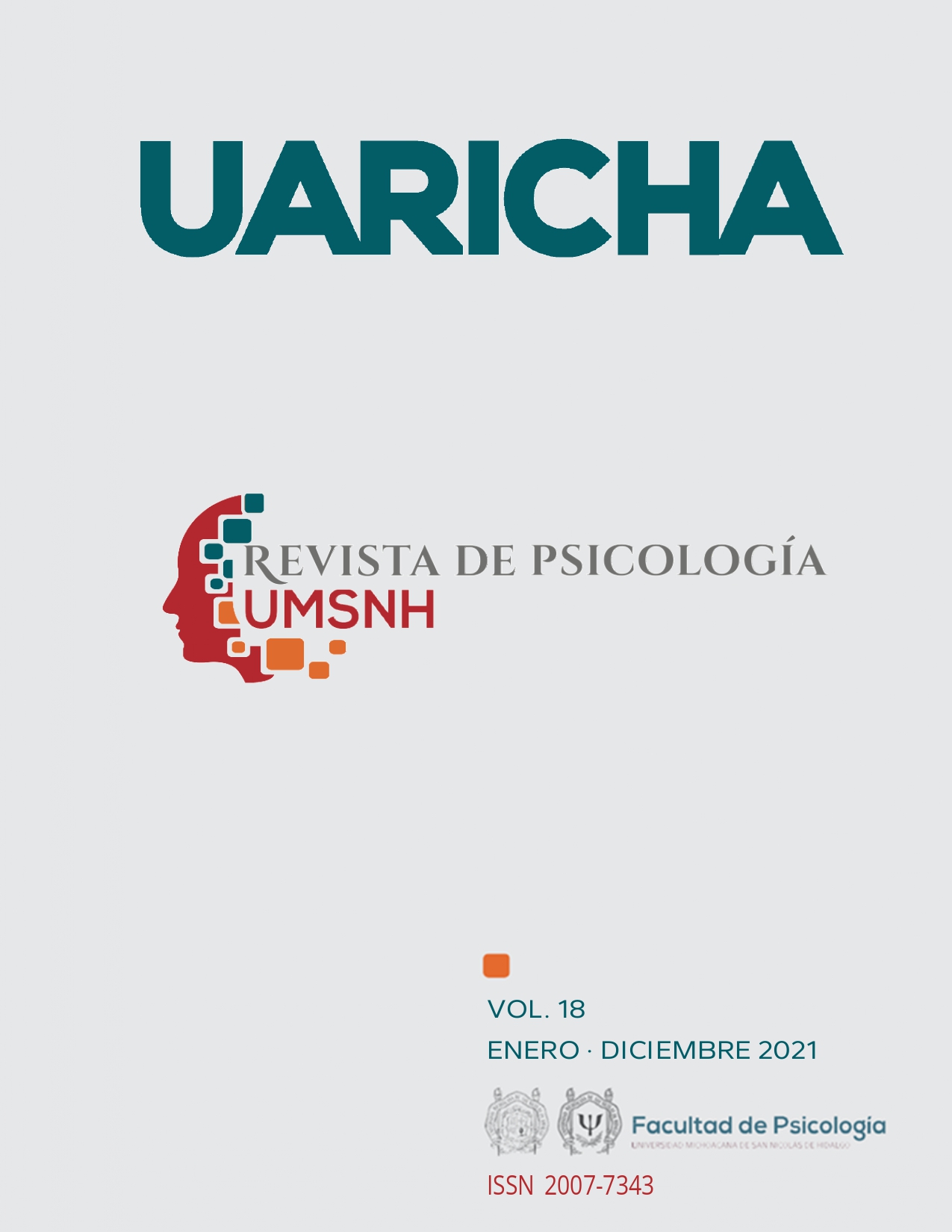Child Economic Literacy Scale: design, validation and metric properties
Main Article Content
Abstract
There is only a small body of research on economic literacy and economic thought amongst Mexican children, therefore, it is necessary to create a scale to measure their economic literacy. This study aimed to develop an economic literacy scale to measure and evaluate the ideas and attitudes of Mexican elementary students ages 9 to 12. The participants were chosen through an intentional non-probabilistic sampling which consisted of 520 6th grade public school pupils. After performing the exploratory and confirmatory factor analyses, the scale was integrated into 18 items, organized into 5 factors: one of them corresponds to the money factor made up of 4 items; the consumption factor was also made up of 4 items, as was the intelligent
consumption factor; while the savings and budget planning factors were made up of 3 items each.
Obtaining adjustment indexes with values with X2 of 192,308, SRMR of 0.062, TLI of 0.870, IFC of R.894, and RMSEA of 0.045. The result is a scale that is valid to measure children’s ideas and attitudes about
concepts related to their economic thinking.
Article Details
Issue
Section

This work is licensed under a Creative Commons Attribution-NonCommercial-NoDerivatives 4.0 International License.
The authors have the right to ownership or copyright and they give to "Uaricha Psychology Magazine" the right to publish for the first time the article, as well as disclose and distribute it on the technological available media and through repositories.
Uaricha Psychology Magazine, is a quarterly publication, published by the Psychology College of the "Universidad Michoacana de San Nicolás de Hidalgo", Street Francisco Villa No. 450, Col. Dr. Miguel Silva, Morelia, Michoacán, P. C. 58110. Phone (+52) 443 312 9909, ext. 149, www.revistauaricha.umich.mx, uaricha.publicaciones@umich.mx. Responsible publisher: Roberto Oropeza Tena. Reserve of exclusive use rights No. 04-2013-070413365500-203, e-ISSN: 2007-7343, Granted by the National Institute Copyright. Responsible of the last update of this number, Computer center of the Psychology College, Ing. Erick Vidar Alva Rangel.
How to Cite
References
Abello, R., Amar, J., Denegri, M., Llanos, M. y Tirado, D. (2009). Aprendiendo a Comprender el Mundo Económico. Uninorte.
Bauman, Z. (2007). Vida de Consumo. Fondo de Cultura Económica.Buckingham, D. (2011). La Infancia Materialista: Crecer en la Cultura Consumista.
Morata.Cruz, E. (2018). Educación financiera en los niños: una evidencia empírica. Sinéctica, 51, 1-15.
Delval, J. (2013). El descubrimiento del mundo económico por niños y adolescentes. Morata.
Denegri,M., Cabeza, D., Del-Valle, C., González, Y. y Sepúlveda, J. (2012). Escala de actitudes hacia el endeudamiento, validez factorial y perfiles actitudinales en estudiantes univeristarios chilenos.
Denegri, M., Sepúlveda, J. y Silva, F. (2018). Comprender la economía: Educación económica y financiera en la infancia desde una perspectiva constructivista. Ensino Em Re-Vista, 25(1), 57-81.
Diez-Martínez, E., Miramontes, S. y Sánchez, M. (2000). Las Ocupaciones como Elementos de la “Alfabetizaación Económica” y su reconocimiento a través de la televisión:estudio evolutivo con niños y adolescentes. Comunicación y Sociedad, 37, 129-158.
García, B. (2009). Manual de métodos de investigación para las ciencias sociales. Un enfoque de enseñanza basado en proyectos. Manual Moderno. García, N. (1995). Consumidores y Ciudadanos. Conflictos multiculturales de la globalización. Grijalbo.
Gempp, R., Caprile, C., Denegri, M., Cortés, L., Quesada , M. y Sepúlveda, J. (2006). Medición de la Alfabetización Económica en Niños: Oportunidades Diagnósticas con el Modelo de Crédito Parcial. PSYKHE, 15(1), 13-27.
Guilford, J. (1954). Psychometric methods. McGraw-Hill.
Hair, J., Black, W., Babin, B., and Anderson, R. (2014). Multivariate Data Analysis. Pearson Education Limited.
Katona, G. (1960). Psicología de la Economía. El Ateneo.
Muthén, L. & Muthén, B. (1998). Mplus User’s Guide: Statistical Analysis with Latent Variables. Muthén & Muthén.
Pisa (2018). La evaluación de la competencia financiera en PISA 2018. Resumen ejecutivo (Mayo-202), 1-20.
Schor, J. (2004). Nacidos para comprar: los nuevos consumidores infantiles. Paidós.
Walstad, W. and Rebeckb, K. (2017). The Test of Financial Literacy: Development and measurement characteristics. The Journal of Economic Education, 48(2), 113-122.
Yamane, E. (1997). “The meaning of “economics education” in Japanese Elementary and Secondary Education: An historical Perspective”. Proceedings of the Second Conference of the International Asssociation for Children ́s Social and Economics Education, 101-104.

